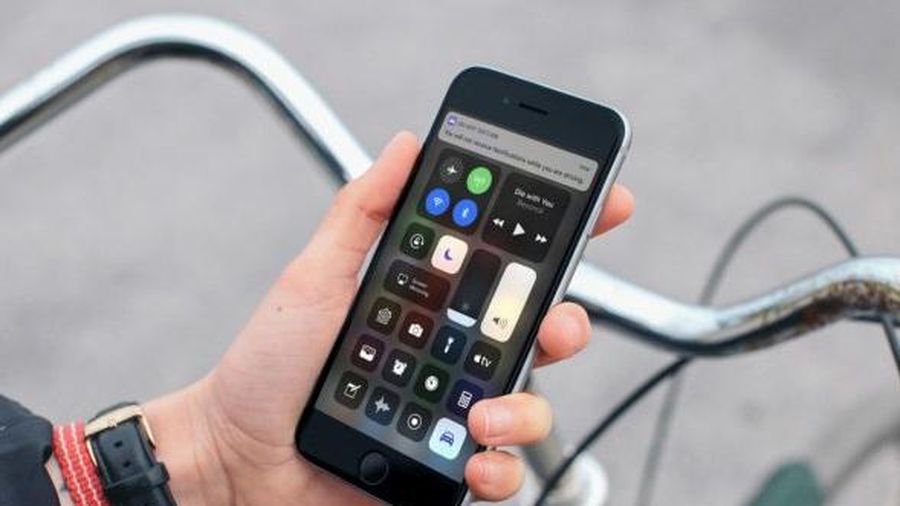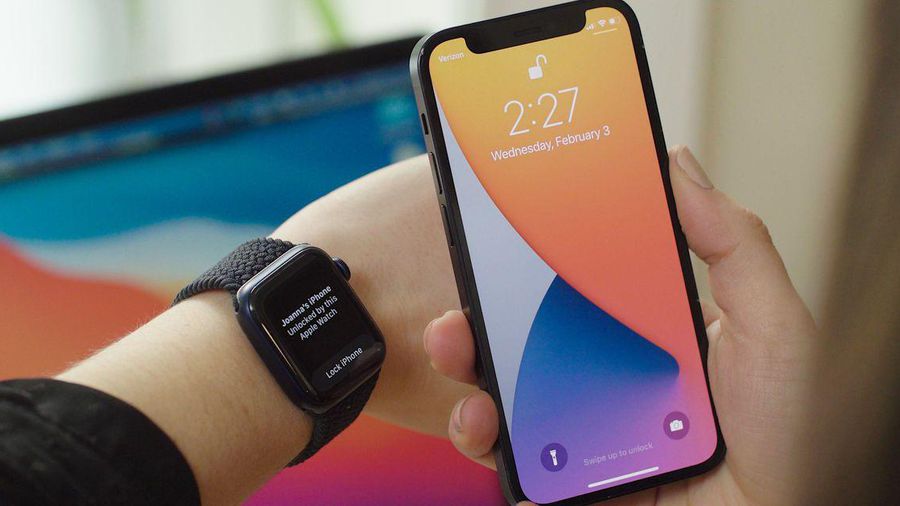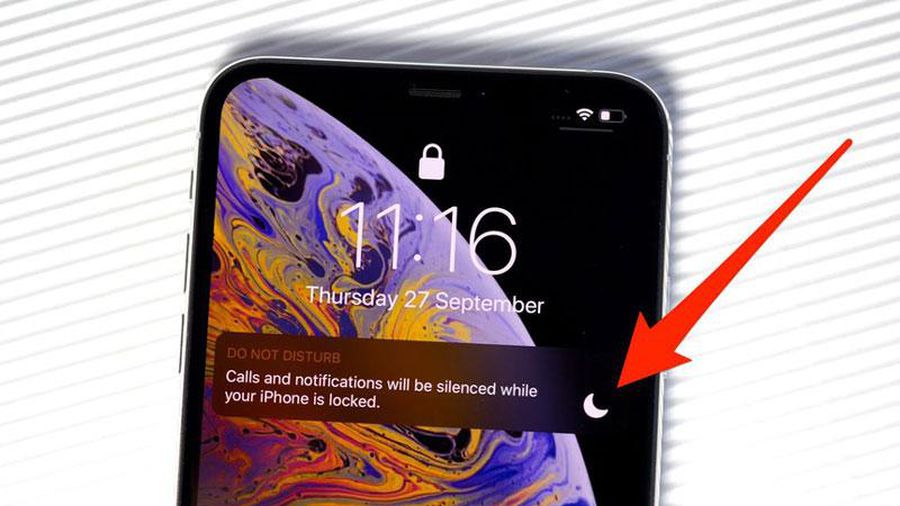What is virtual RAM on smartphones? Is this the trend of the future?
1. What is Virtual RAM?
Virtual RAM - Virtual RAM technology is a familiar concept in the PC / Laptop world, aiming to refer to the ability to expand the temporary memory (RAM) from the internal memory (HDD / SSD), thereby increasing operational efficiency as : limit lag, overflow, overheat, .

However, this technology is not highly effective when the lag situation still occurs if the total virtual storage capacity is too large (Total Virtual Memory) compared to the existing RAM capacity.
2. What is special about virtual RAM on smartphones?
Increasing use of heavy-duty applications and data storage requires hardware technology to evolve fast enough.

However, developing a large amount of RAM inside a compact device like a smartphone is a fairly large technology barrier that takes time to resolve.
Therefore, to meet the needs of current use (March 2021), virtual RAM technology was born and if it works effectively on smartphones, it will be an inevitable technological trend of the future. hybrid.
3. How virtual RAM on smartphones works?
Similar to how it works on a PC / Laptop, this virtual RAM technology will still use the device's internal memory (specifically, the ROM on the smartphone) to expand the storage capacity of RAM.

Example: Vivo V20 has 8GB RAM and 128 ROM
Theoretically it is possible to expand the RAM up to: 8 + 128 = 136GB, what a terrible number ?!
However, such expansion of full memory is not possible because there are many tasks that require a large ROM capacity to operate, so ideally you can expand between 3-10GB to ensure stable performance. between these 2 memories.
4. What problems can virtual RAM on smartphones solve?
Heavy gaming will result in less lag or splashing
A simple example, when you play a game (especially in total combat) with notifications or incoming calls, your device may lag, freeze for a while or even . crash the game, partly because RAM is filled up suddenly (overflowing RAM).

At this point, Virtual RAM will solve this situation very effectively, when adding to you more RAM large enough to prevent overflow of memory.
Works faster
Expanding the storage space for RAM also helps you speed up the device's operation, making the machine work faster, multitasking better.
The machine gets less hot and reduces hardware loss
Since the device's warming is mainly due to overload from the hardware, slightly reducing the operation of the RAM will help limit the overheating affecting the experience when in use and the negative impact on other hardware. .

Minimize lag, slow task over time
This situation is quite common on Android devices when slow, lag after a long time of use is very common, Virtual RAM will solve this situation when you can actively add more RAM for equipment over time to limit the impact of this age-old problem.

In general, Virtual RAM on smartphones, if working effectively on the first device, the upcoming Vivo X60 Pro, will be an explosive trend in the near future.
Personally, I also hope for this technology, as they will help most smartphone users today solve the problem of capacity, overheating, . and easily choose the right smartphone for themselves. Not limited by storage capacity.
Hopefully the article can help you better understand the Virtual RAM technology on smartphones. Good luck.
You should read it
- Reviews Vivo X30 with 60x optical zoom
- Vivo released a 'drop in' smartphone video with 60x optical zoom
- Vivo S6 5G launched: Exynos 980, 4 64MP cameras, 4500mAh battery
- Vivo Z6 5G: Snapdragon 765G, 5000mAh battery, 44W fast charging, priced at VND 7.6 million
- Vivo V19 launched: Snapdragon 712, 4 64MP rear cameras, 32MP dual selfie camera, 4500mAh battery
- Vivo NEX 3S 5G launched: Snapdragon 865, waterfall display, 44W fast charging
- Vivo Y50: a smartphone that emphasizes speed, multitasking and durability
- How can the front camera 'leak' of Vivo NEX?
May be interested
- How to record iPhone screen video, How to record iPhone screen with sound
 the iphone screen recording feature is really useful, helping you to save interesting moments, or create manual clips. along with that, to record sound, it will take a small step.
the iphone screen recording feature is really useful, helping you to save interesting moments, or create manual clips. along with that, to record sound, it will take a small step. - iOS 14.5 is experimenting, learning new features on iOS 14.5
 scheduled to be released in april-may, ios 14.5 update brings many interesting features for iphone users.
scheduled to be released in april-may, ios 14.5 update brings many interesting features for iphone users. - Tips to help save memory space on smartphones
 the following article will introduce solutions to save storage space on smartphones, helping users have enough memory to store important data on the device.
the following article will introduce solutions to save storage space on smartphones, helping users have enough memory to store important data on the device. - 11 tips to install IOS to use Iphone better
 do not disturb, unlock while wearing a mask are features that make your iphone experience better. here are 15 iphone setup tips for a better experience.
do not disturb, unlock while wearing a mask are features that make your iphone experience better. here are 15 iphone setup tips for a better experience. - How to quickly and accurately check an old iPhone before buying
 the following article will show you how to check your old iphone before buying and still make sure you get the best quality iphone. stay tuned!
the following article will show you how to check your old iphone before buying and still make sure you get the best quality iphone. stay tuned! - 3 simple ways to hide and lock private photos / videos on iPhone
 if you have a private photo / video on your iphone that you don't want anyone else to see, here are 3 simple ways to do it.
if you have a private photo / video on your iphone that you don't want anyone else to see, here are 3 simple ways to do it.






 Embed Sim (eSIM) will be the new trend in the future?
Embed Sim (eSIM) will be the new trend in the future? This is the best champion of virtual virtual fonts in smartphones, not Apple or Samsung
This is the best champion of virtual virtual fonts in smartphones, not Apple or Samsung 12 super attractive AR apps for Android people
12 super attractive AR apps for Android people Smartphone will replace the car keys in the future
Smartphone will replace the car keys in the future Things to know about the new Virtual Server
Things to know about the new Virtual Server